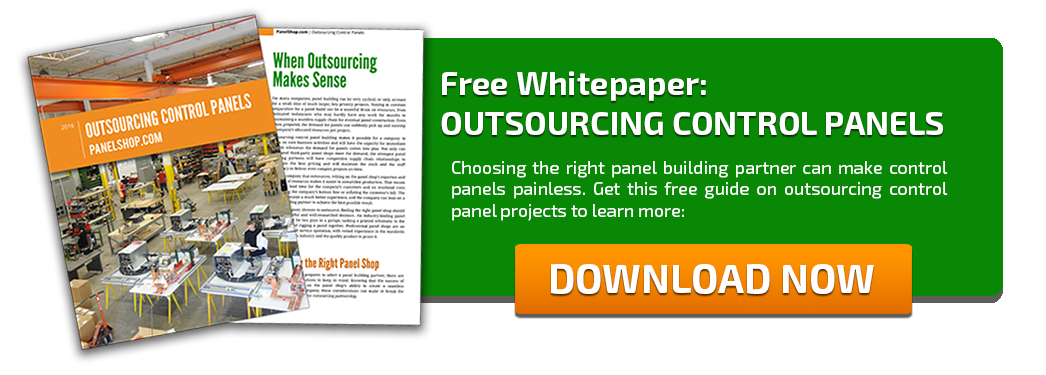Fuses are an overly abundant electrical component, and they come in all sorts of shapes and sizes. This would make picking out a replacement easy, except there are so many types of fuses out there that the likelihood of two aesthetically identical fuses having the same operating specs is pretty low. This identity crisis can lead to mistakes in selecting a new or replacement fuse, which puts workers and equipment at risk.
For example, control circuit fuses have a variety of different voltage ratings, ranging from 32 V to 600 V and interrupting ratings of up to 100 kA. As the physical size of these fuses does not vary with voltage or interrupting rating, the most common cause of misapplication is due to improper voltage or interrupting rating selection. When a system fault occurs and an improperly sized fuse tries to interrupt an overcurrent event, there can be adverse consequences. If the fuse is too small in rating, it will trip too easily, leaving you with unexpected down time. However, if the fuse is too large, it won’t trip in time which can cause heat spikes and fires as the circuit is stuffed with more current than it can handle.
Although it is evident your control circuits and employees' safety are a priority, you cannot intentionally pick low-rating fuses hoping to skip a fiery ordeal—this would only result in breaking fuses left and right.
Making the Right Choice
When choosing your fuse(s), there are three main things you need to look at: fuse type, voltage rating, and interrupting rating. Finding the right control circuit or supplemental fuse is easy when you take each of these into consideration.
Fuse Type
There are all kinds of fuse types from time-delays for inductive loads to fast-acting fuses for resistive loads. Making sure you are providing the right style of protection is a matter of first determining what your control circuit requires and then picking the type of fuse that suits that need.
Voltage Rating
The voltage rating must be equal to or greater than the circuit voltage for the proper application of an overcurrent protective device. If such a device is applied beyond its rating, there may be potential for fire and arcing energy, posing a severe fire risk to other components in the panel and to workers on the outside. It is important to make sure you know the voltages that will be across your fuses so you can buy a properly rated fuse.
Interrupting Rating
The interrupting rating must be equal to or greater than the available short-circuit current. An overcurrent protective device must be able to safely interrupt short-circuit currents to which the equipment can be subjected. If the fault current exceeds a level beyond the capacity of the protective device, the device may rupture, causing additional damage. Therefore, it is important to use a fuse that can sustain the largest potential short-circuit currents. Failure to apply fuses with the appropriate interrupting rating can be a serious safety hazard.





